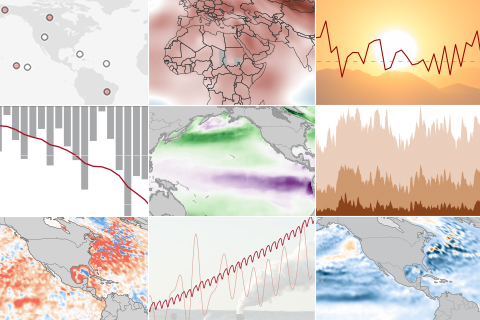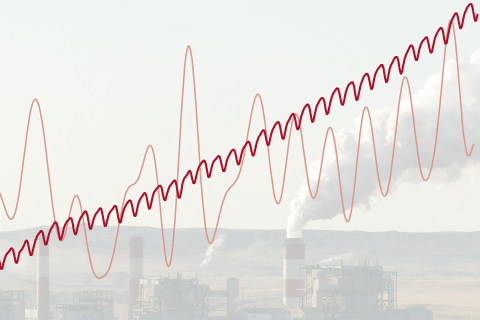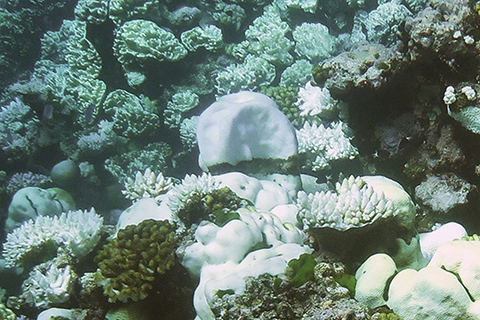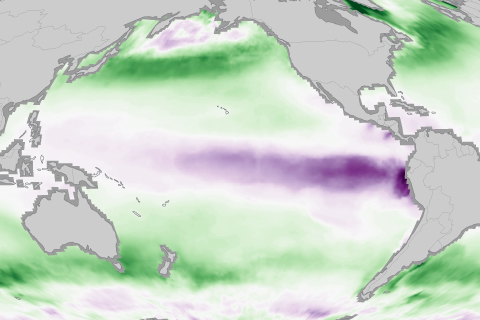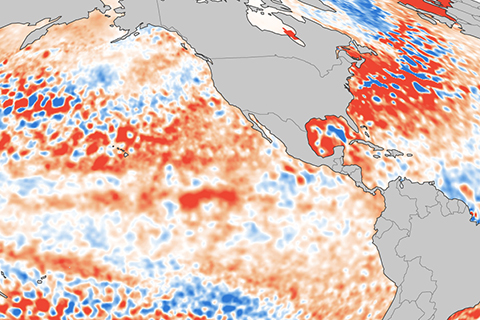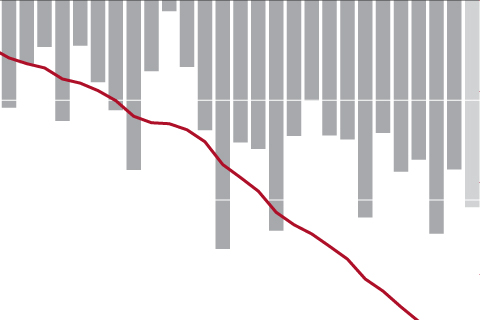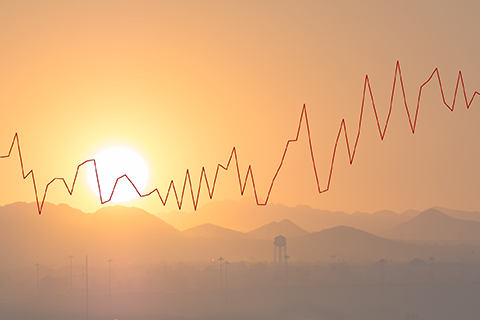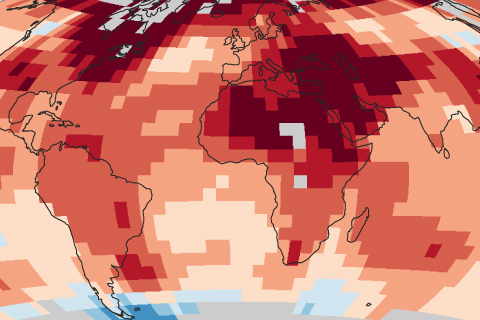
The 15 years from 1998–2012 were the warmest on record at that time, but the rate of global surface warming was slower than it had been in the 2-3 decades prior thanks to several natural influences. Meanwhile, the ocean's heating imbalance continued to climb.

